|
After the Santa Fe Railroad started bringing visitors to the canyon's South Rim in 1901, business was booming for creative entrepreneurs who came to make their fortune at the canyon. The developing village was a tough place to do business with the Santa Fe Railroad and its partner The Fred Harvey Company running the show. However, a few strong willed and stubborn folks persevered and their legacy lives on at the canyon. John Hance1883-1919 
As time passed and tourism grew, Hance became a legendary human fixture of the canyon. Visitors making their way down the treacherous Old Hance Trail would be entertained by stories of how the old frontiersman had dug the canyon himself, or how his horse Darby could cross the canyon from rim to rim by galloping atop banks of fog. As Hance himself would once say, "I've got to tell stories to these people for their money; and if I don't tell it to them, who will? I can make these tenderfeet believe that a frog eats boiled eggs, and I'm going to do it; and I'm going to make 'em believe he carries it a mile to find a rock to crack it on." As the twentieth century approached, the South Rim of Grand Canyon saw increasing commercial development, with stagecoaches and railroads being built to take visitors traveling from across America and the world directly to the rim. With his popularity increasing, Hance continued to lead visitors down into the canyon, and constructed a brand-new trail when rockslides and washouts finally made the Old Hance Trail impassable. His legend became such that some began to say that “To see the canyon only and not to see Captain John Hance, is to miss half the show,” and the prestige of the old guide was such that when President Theodore Roosevelt came to Grand Canyon in 1903, it was John Hance who led him down the trail. John Verkamp and the Verkamp Family1898-2008 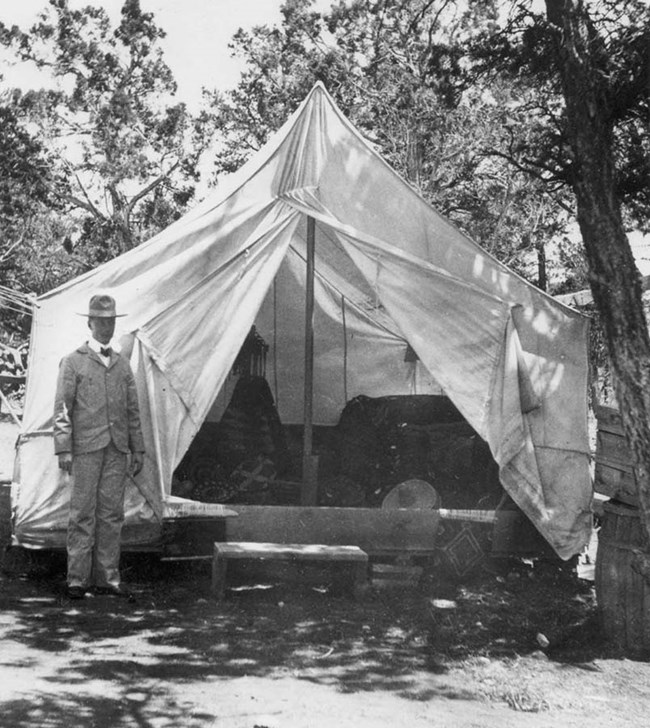
The family operated the curio business on the rim of the canyon until September 2008. The National Park Service bought the building and opened Verkamp's Visitor Center in November 2008. Visitors today can learn about the Verkamps family and early pioneer history at the canyon through the displays in the visitor center. And staying true to the original curio shop, the Verkamp's Visitor Center still sells souvenirs to visitors.
The Kolb Brothers1901-1976 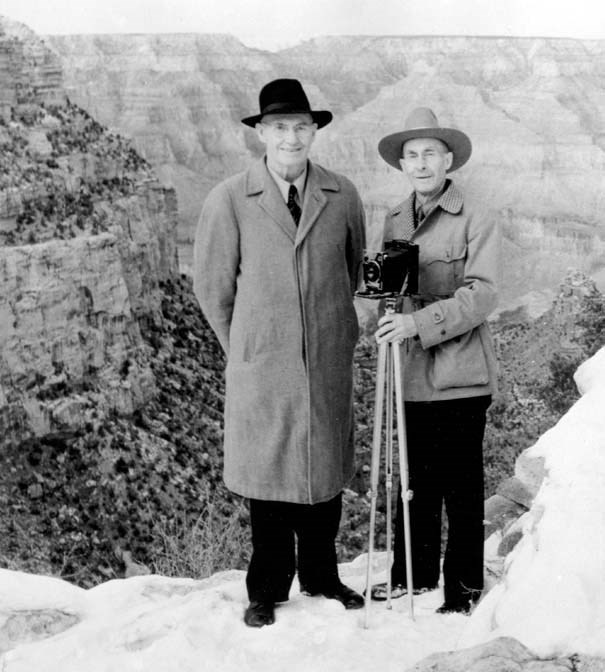
Starting with pictures of mule trains on their way down the Bright Angel Trail and candid shots of tourists on the rim, the Kolbs also explored remote areas of the canyon. Their photographs changed the way people saw and experienced the canyon, giving them visual access to places they never would have seen in their lifetime. Visitors today can visit Kolb Studio, seeing a handful of historic Kolb photos and one of Emery's original movie cameras in the Grand Canyon Association bookstore. In winter months, rangers offer tours into the Kolb residence for a behind-the-scenes glimpse into the daily life of the Kolb family. Learn more about the Kolb Brothers through these books available at the Grand Canyon Conservancy Bookstore:
Mary Elizabeth Jane Colter1902-1948 
Mary Colter was born in Pittsburgh in 1869 and grew up in Texas, Colorado, and St. Paul, Minnesota. While attending the California School of Design in San Francisco she apprenticed in an architect's office and then went into teaching back in St. Paul. Find out more about historic figures at Grand Canyon with these books available at the Grand Canyon Association bookstore: 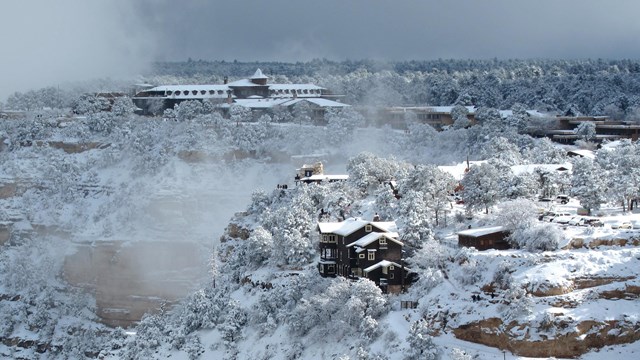
The Historic Village
With the arrival of the First Steam-Powered Train in 1901, the quiet area of the South Rim rapidly expanded into the Grand Canyon Village. 
Mary Colter's Buildings
Mary Colter was the chief architect and decorator for the Fred Harvey Company from 1902 to 1948. 
Kolb Studio History
The Kolb Brothers, best known for their death defying photographs, built a home and studio on the edge of the South Rim in 1904. 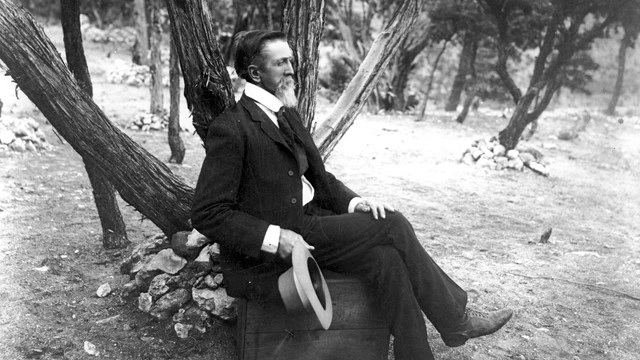
John Hance
Captain John Hance, known for his storytelling, guided and provided lodging to visitors coming to Grand Canyon. 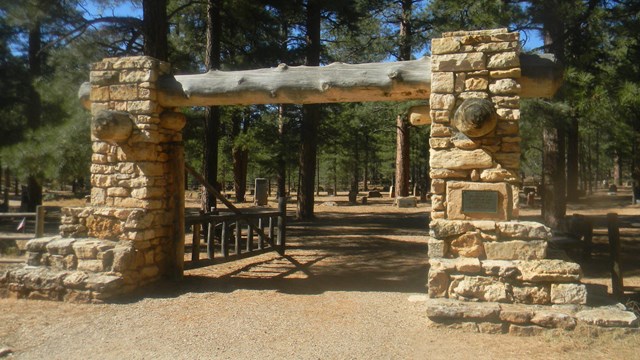
People
Passing through or calling the canyon home, many people have influenced the development and protection of Grand Canyon. |
Last updated: September 21, 2019
